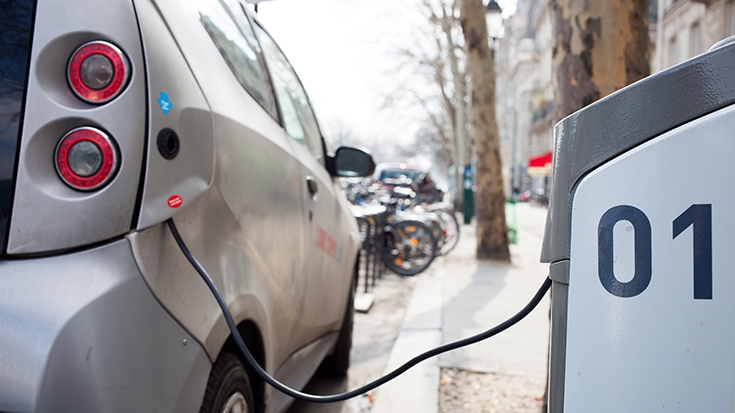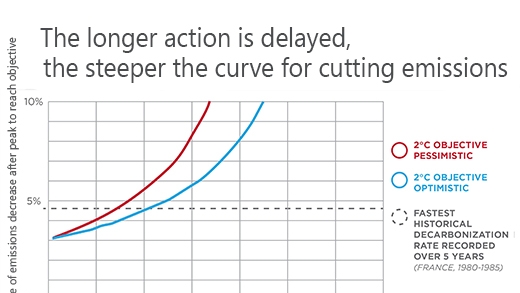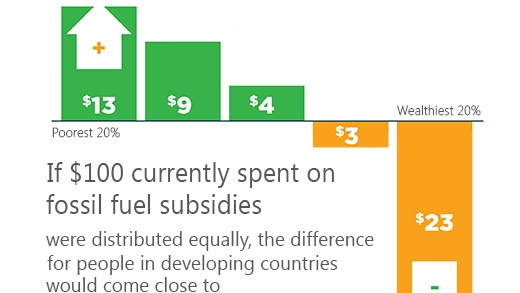Getting to zero net emissions and stabilizing climate change starts with planning for the long-term future and not stopping at short-term goals. It means getting prices right as part of a broad policy package that can trigger changes in both investments and behaviors, and it requires smoothing the transition for those most affected.
A new World Bank report walks policymakers through those three steps with data, examples and policy advice to help put countries on a path to decarbonizing their development in a smooth and orderly way.
The solutions exist, and they are affordable – if governments take action today, the report says.
It warns, however, that costs will rise for the next generation the longer action is delayed. Data from the latest Intergovernmental Panel on Climate Change report suggests that waiting just 15 more years and taking no action until 2030 would increase costs by an average of 50 percent through 2050 to keep temperatures from rising less than 2°C.
“Choices made today can lock in emissions trajectories for years to come and leave communities vulnerable to climate impacts,” said World Bank Group Vice President and Special Envoy for Climate Change Rachel Kyte. “To reach zero net emissions before the end of this century, the global economy needs to be overhauled. We at the World Bank Group are increasing our focus on the policy options.”
By planning for the end goal rather than short-term milestones, governments can make proactive choices that lay the groundwork for future development and avoid locking in both damaging development patterns and investments that could become unusable in a carbon-constrained world.
In quickly urbanizing areas, that means designing cities for public transportation. It also means investing in the research and technology that will be needed 20 or 50 years down the road.
In the new report, Decarbonizing Development: Three Steps to a Zero Carbon Future, the authors also discuss the risk of stranded assets, such as coal-fired power plants that might not be able to operate as governments set limits on greenhouse gas emissions. It notes that just the fossil fuel power plants built in 2012 will emit some 19 billion tons of carbon dioxide over their expected 40-year lifetime, more than the annual emissions of all fossil-fuel power plants that were operating in 2012. Retiring them early is possible, but that changes the cost comparison for decision-makers as they weigh fossil fuels against clean energy sources.
“The goal is to reach zero net emissions by 2100, not to reduce emissions at the margin in the next decades. It implies a very different set of measures, including structural and spatial transformations of our economies,” said World Bank Group Chief Economist for Climate Change Marianne Fay, a lead author of the report.
At a technical level, the report says zero net emissions is achievable as part of well-planned, robust economic growth that emphasizes four areas:
- The work starts with a shift from relying on fossil fuels for electricity to using clean energy that decarbonizes electricity.
- With increasing amounts of clean energy following, a massive shift to electrification can then increase access to clean energy and displace polluting fuels.
- Improving energy efficiency helps lower the demand.
- Keeping natural carbon sinks healthy through better forest and land management helps offset emissions by absorbing and storing carbon.
Many of the steps governments can take now – such as developing public transportation and improving energy efficiency – also offer immediate and local benefits in improved access for residents and reduced pollution.
Step 2: Get prices right as part of a broad policy package
On the policy front, governments can begin shifting investments and mindsets toward low-carbon growth by getting prices right as part of a broad policy package that provides incentives to ensure low-carbon growth plans are implemented and projects financed.
Putting a price on carbon though a carbon tax or cap-and-trade system addresses a market failure to incorporate the cost of environmental damage from greenhouse gas emissions. It is an efficient way to raise revenue while encouraging lower emissions, and it can be easier to administer and harder to evade than other taxes.
But while carbon pricing is necessary, it is not enough on its own without complementary policies, the authors write.
A complementary policy package that provides incentives to ensure green technologies are developed and deployed at scale can include measures such as performance standards for energy efficiency, rebates on fuel-efficient vehicles, and renewable portfolio standards that require electricity providers to get a percentage of their power from renewable sources all provide incentives for low-carbon choices.
Policymakers can also reduce tariffs on low-carbon goods, such as solar panels and energy-efficient lightbulbs, as the Asia Pacific Economic Cooperation countries recently agreed to do.



